It’s difficult to adequately describe what a strange film A Cure for Wellness actually is, both aesthetically and narratively. Director Gore Verbinski, a marginally well-respected craftsman who has helmed everything from The Ring to Rango to the first three Pirates of the Caribbean movies does his dead-level best to deliver an arthouse thriller with more genre trappings than you can shake a stick at. However, on this outing he’s re-teaming with The Lone Ranger screenwriter Justin Haythe, so you can bet that things aren’t going to go swimmingly. That’s an eel pun, by the way — read on to learn why, but don’t say I didn’t warn you.
The story seems straightforward enough initially —a sleazy corporate ladder-climber (Dean DeHaan) is tasked by his equally sleazy bosses to retrieve his financial firm’s CEO from an anachronistic Swiss medical retreat so that he can take the wrap in a pending SEC investigation. Had this film premiered in 2007, that premise might have seen plausible — but given what we now know about their country’s prosecution (or lack thereof) of those responsible for gross financial malfeasance, it seems like a bit of a stretch. But if the setup were the only part of the film to strain credulity, I might’ve given the film a pass on the sole basis of its visual weirdness. Instead, the film shifts its focus to a bizarre plot revolving around aristocratic incest and nigh-immortal eels (I wish I were kidding) and abandons anything remotely literate that the script attempts to establish in favor of a collection of ideas that probably seemed far creepier on paper than they do on screen.
The eels become the primary motif Verbinski uses to explore, but I’m not quite sure what he’s trying to explore here. Beyond the obvious Freudian connotations, there’s something about wealth disparity, a broken mental health system, feudal classism — it’s a bit like a grab-bag of narrative themes, all loosely correlated through aquatic and phallocentric imagery. Why? Couldn’t tell you. All I can say for sure is that the whole thing comes across as a grandiloquent exercise in overstylized pomposity. It’s visually engaging, but that does little to help its contrived plot, flaccid execution and overblown running time.
A Cure for Wellness is a film primarily defined by its influences. The inciting incident is basically lifted from Dracula, a third act reveal is heavily reminiscent of Lon Chaney’s Phantom of the Opera and the aesthetic seems like a Hammer horror film with a significantly enhanced budget. Touches of Polanski range from visual cues evoking The Tenant and The Ninth Gate to a score redolent of Rosemary’s Baby, and the shadow of Martin Scorsese’s Shutter Island looms large over the proceedings. But the most egregious borrowing comes from a much more hallowed source — Cure may well be Verbinski’s aspirational love letter to Kubrick, as he employs the disconcertingly ambiguous architectural layout of The Shining, the occult interests of the one-percent that distinguished Eyes Wide Shut and the bizarre fixation on our precious bodily fluids of Col. Ripper in Dr. Strangelove. The problem with all of this is that Verbinski has never been remotely in the same league as Polanski, Scorsese or Kubrick — and the result of his excessive homage only highlights his deficiency in comparison.
Verbinski and Haythe make a cursory attempt to question the reliability of our protagonist’s narrational perspective — after a car crash lands him back in the hands of the medical retreat, his watch is shown to stop mysteriously, marking the time at which he first enters the institution rather than the time of his accident. But, like so many other ideas, they quickly become bored with this one and move on to something else. Therein lies the problem, as the film feels more like a loose collection of ideas than a cohesive and coherent narrative. Its contrived backstory and tacked on, deus ex machina ending create the sense that this script was just an excuse for Verbinski to string together some visual ideas that had missed the cut in other films. In the final scenes, as DeHaan tells off his Wall Street bosses and bikes down the mountain with his newly available 300-year-old inbred girlfriend in tow, he sports a devilish grin — at first I read this gesture as the social commentary it was probably intended to be, but on further reflection, I think he was just happy the film was over. Rated R for disturbing violent content and images, sexual content including an assault, graphic nudity, and language.
Now Playing at Carmike 10, Carolina Cinemark, Regal Biltmore Grande, Epic of Hendersonville.




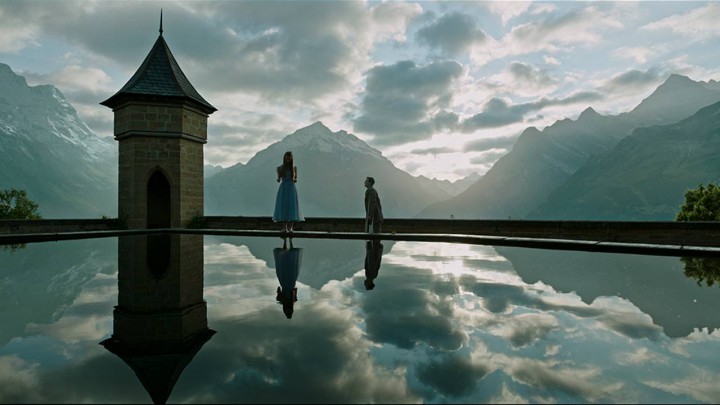
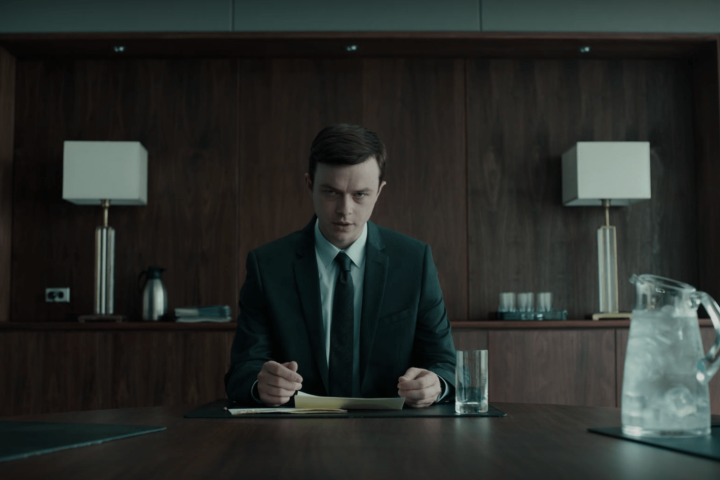
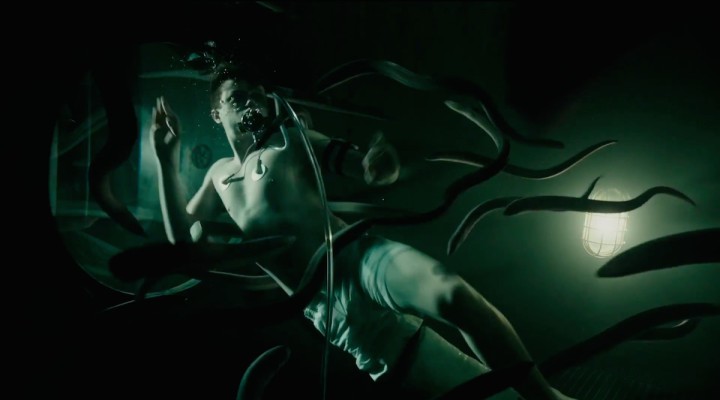
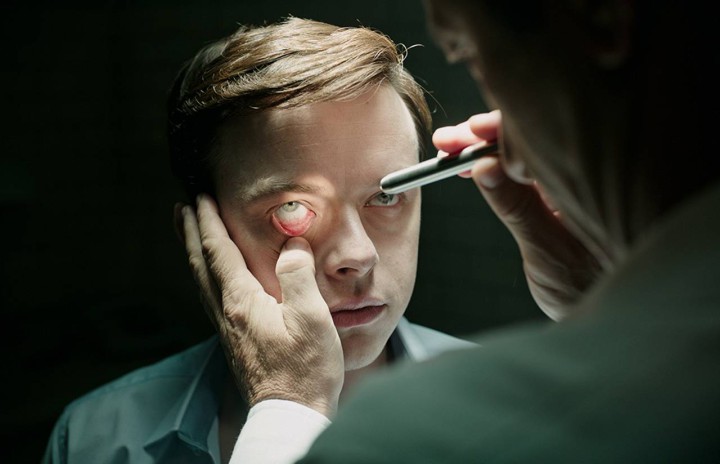
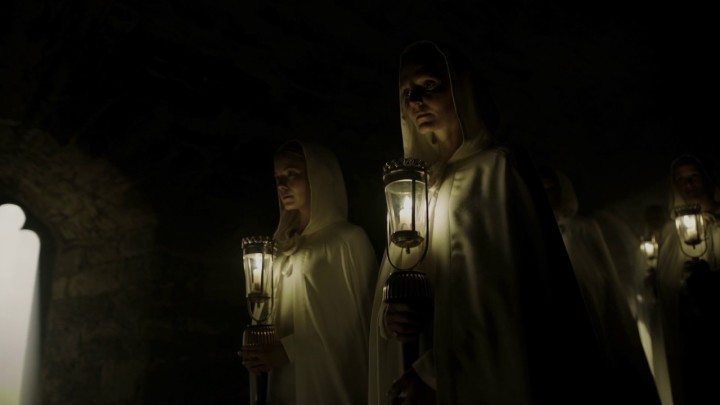
My first disappointment of 2017. It started out great, I even enjoyed it’s very cold feeling but half way through it goes to crazy town. (No pun intended) Thanks for mentioning the evil grin at the end (after its other 17 endings) I was thinking “has he now become the Isaac Hayes character??” Whatever.
It’s biggest fault is that there is no character to sympathize with. Dane Dehaan is such a jerk at the beginning that there is no reason to believe he would not just get the hell away from the mountain as soon as he could.
Whooooops,,,, Jason Issacs! Not Issac Hayes. This movie really messed with my head.